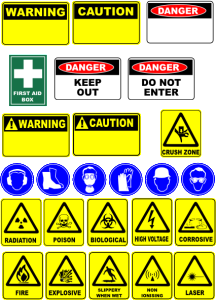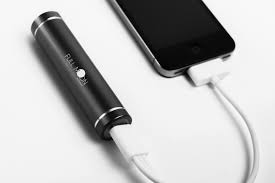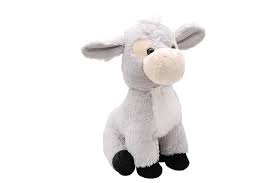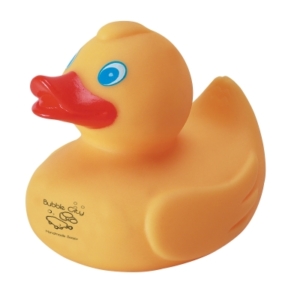Safety Programs Bring Results
Safety programs are good for business. They not only promote a safe work environment, but they help companies save money through reduced injuries and employee time off.
For every dollar spent on an Injury and Illness Prevention Program, an employer can expect up to six times a return on its investment.
– Occupational Safety & Health Administration (OSHA)
By adopting a safety program, companies have seen workers suffer fewer injuries, illnesses and fatalities. In addition, they see improved compliance with regulations and workers are able to experience a safer and healthier workplace. In short, safety and wellness programs are good for everyone involved.
So what makes a good safety program and how does promotional marketing fit in?
A successful program needs to include these major elements:
- Designated individuals responsible to implement and maintain the program
- Employee involvement and encouragement to participate
- Hazards and safety issues identified and assessed
- Education and training provided in an understandable format
- Periodic reviews of the program progress and results
Promotional marketing comes into play to help encourage and reward safe behavior. Some ways this can be utilized:
- Safety and wellness reminders – workplace items which will be seen daily as a constant reminder to stay safety aware. This can include apparel or drinkware with graphics promoting safety, or useful tools such as flashlights, box cutters or multitools which also carry a message.
- Incentives for safe behavior – set goals for safe behavior and reward employees with premium gifts such as coolers, auto kits, or drinkware when they reach those goals.
- Rewards for employee observations – create a method for employees to report unsafe situations or suggestions for safer procedures. Reward these observations and participation with small awards.
- Reward employees for completing safety training – Give employees a premium promotional gift after completing safety training. Including a safety message on the gift helps reinforce the message.
To learn more how safety programs are good for business, OSHA has a variety of resources:


 issues – the Apple Cease and Desist letter that many suppliers have received and the Powerbank recall being two of the main headliners.
issues – the Apple Cease and Desist letter that many suppliers have received and the Powerbank recall being two of the main headliners.




